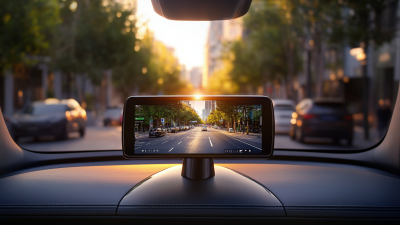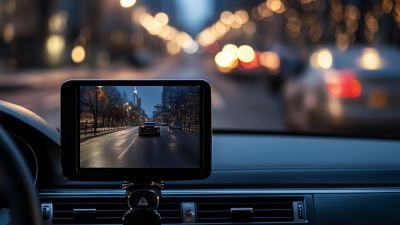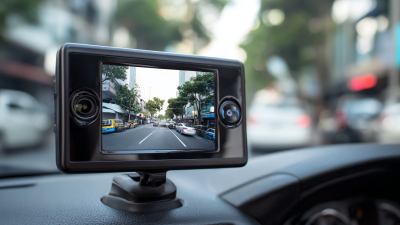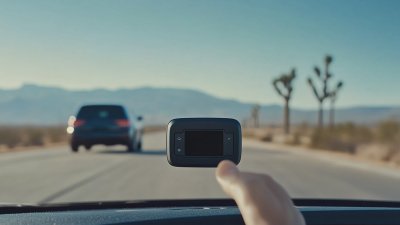Leave Your Message
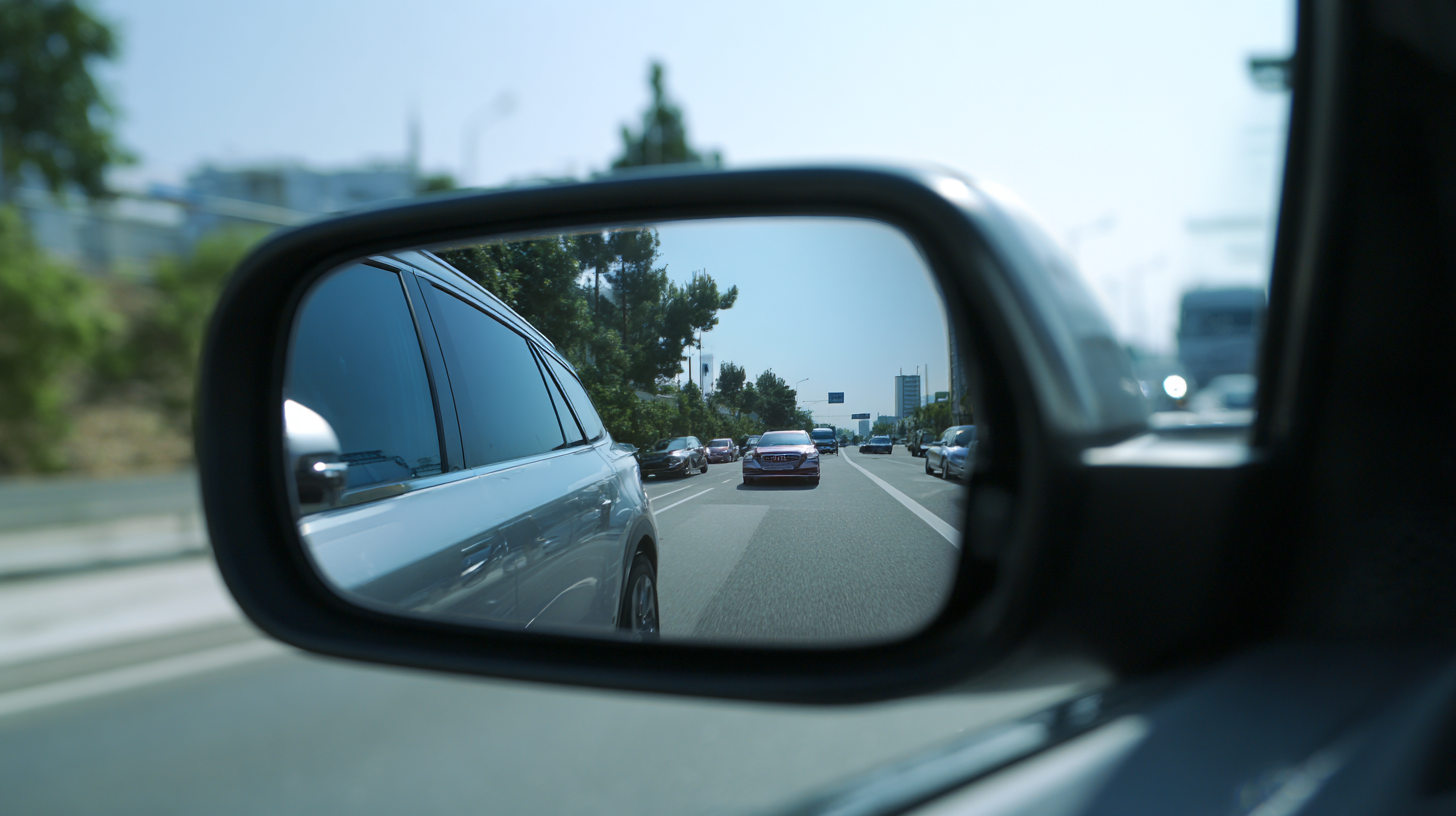 In the realm of automotive safety, the implementation of advanced technologies has become paramount, with
reverse cameras emerging as a crucial addition. According to the
NHTSA, approximately 292 fatalities and 18,000 injuries occur annually due to backing accidents in the
United States alone, highlighting a significant public safety concern. Reverse cameras, equipped with
visual guidance and obstacle detection, dramatically enhance situational awareness for drivers, particularly during
reverse maneuvers. A study published in the Journal of Safety Research revealed that the incorporation
of reverse cameras can prevent up to 80% of such incidents, underscoring
their effectiveness in mitigating risks. With regulations mandating these features in new vehicles, the reverse camera
has transformed from a luxury to a necessity, providing drivers with greater confidence and safety on the road.
In the realm of automotive safety, the implementation of advanced technologies has become paramount, with
reverse cameras emerging as a crucial addition. According to the
NHTSA, approximately 292 fatalities and 18,000 injuries occur annually due to backing accidents in the
United States alone, highlighting a significant public safety concern. Reverse cameras, equipped with
visual guidance and obstacle detection, dramatically enhance situational awareness for drivers, particularly during
reverse maneuvers. A study published in the Journal of Safety Research revealed that the incorporation
of reverse cameras can prevent up to 80% of such incidents, underscoring
their effectiveness in mitigating risks. With regulations mandating these features in new vehicles, the reverse camera
has transformed from a luxury to a necessity, providing drivers with greater confidence and safety on the road.
Backing accidents are a significant concern on the roads, accounting for a considerable percentage of vehicle collisions. Statistics indicate that these types of accidents can occur frequently in parking lots and residential areas, where visibility is often limited. One of the common causes of backing accidents is driver distraction; many drivers may not pay full attention when reversing, leading to collisions with pedestrians, objects, or other vehicles. Additionally, poor vehicle design, such as inadequate rear visibility, can exacerbate these risks, leaving drivers unaware of their surroundings.
To further understand the impact of backing accidents, it is essential to highlight that many of these incidents can be easily prevented with the right tools and awareness. Research shows that up to 80% of backing accidents can be avoided through the implementation of safety features like reverse cameras. These cameras enhance the driver's view when reversing, providing real-time visuals of blind spots that might otherwise go unnoticed. As a result, the integration of reverse cameras in vehicles not only improves overall safety but also helps to reduce the frequency of these dangerous incidents, fostering a safer driving environment for all.
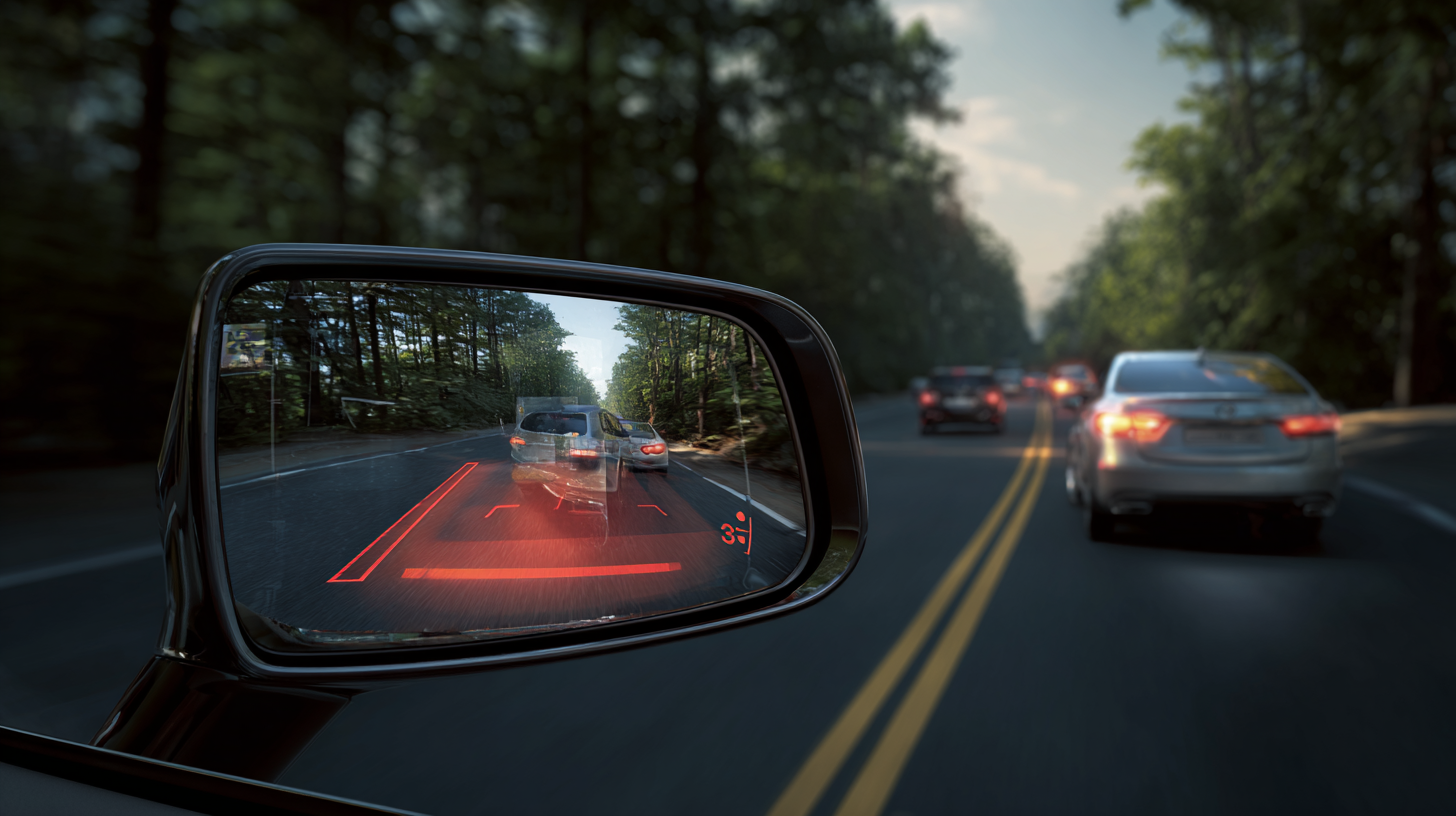 Reverse cameras play a crucial role in accident prevention by providing drivers with a clear view of the area behind their vehicles.
This technology significantly reduces blind spots and helps to detect obstacles and pedestrians that might otherwise not be visible.
Experts estimate that up to 80% of backing accidents could be averted with the effective use of reverse cameras.
As automobiles continue to integrate advanced technologies, these features become an essential component of vehicle safety.
Reverse cameras play a crucial role in accident prevention by providing drivers with a clear view of the area behind their vehicles.
This technology significantly reduces blind spots and helps to detect obstacles and pedestrians that might otherwise not be visible.
Experts estimate that up to 80% of backing accidents could be averted with the effective use of reverse cameras.
As automobiles continue to integrate advanced technologies, these features become an essential component of vehicle safety.
While reverse cameras are invaluable for enhancing safety, it's important to remember that they are just one aspect of a comprehensive approach to driving.
Drivers should not rely solely on these tools but should remain vigilant and aware of their surroundings.
For those looking to maximize safety while reversing, here are a few tips:
Reverse camera systems play a crucial role in enhancing vehicle safety, particularly by mitigating the risks associated with backing up. According to the National Highway Traffic Safety Administration (NHTSA), nearly 210 fatalities and 15,000 injuries occur annually in the U.S. due to backing accidents. This startling statistic underscores the importance of effective reverse camera systems in preventing such incidents. A well-designed reverse camera can significantly improve a driver’s visibility, enabling them to detect pedestrians and obstacles that may otherwise go unnoticed.
Key features of effective reverse camera systems include high-resolution images, wide-angle views, and night vision capabilities. A study published by the Insurance Institute for Highway Safety (IIHS) indicates that vehicles equipped with these advanced features can reduce backing accidents by 42%. Additionally, systems with grid lines help drivers gauge distances accurately, improving their spatial awareness during maneuvers. The integration of sensors that alert drivers to nearby obstacles further augments safety, making reverse cameras an essential standard in modern vehicles. With enhancing technology, reverse cameras not only provide visual assistance but also contribute to a safer driving experience.
Reverse cameras have become essential tools for enhancing vehicle safety, particularly when it comes to preventing backing accidents. Research indicates that up to 80% of these incidents can be avoided with the proper use of reverse cameras. These devices provide a clear view of the area behind the vehicle, significantly reducing blind spots and allowing drivers to navigate safely in reverse.
To maximize the effectiveness of reverse cameras, it’s important to follow best practices. First, drivers should ensure that the camera is properly calibrated and clean, as obstructions or dirt can impair visibility. According to the National Highway Traffic Safety Administration (NHTSA), regular maintenance checks can further enhance system performance, ensuring drivers rely on accurate images. Additionally, it's crucial to remain cautious and check mirrors before backing up, as reverse cameras are supplementary tools, not replacements for attentive driving.
Furthermore, fostering an understanding of the camera's limitations is vital. A study by the Insurance Institute for Highway Safety shows that while reverse cameras significantly reduce the risk of collisions, they do not eliminate it entirely. Drivers should combine the use of reverse cameras with careful observation and awareness of the surroundings to create a safer backing experience.
Integrating reverse cameras with other safety technologies significantly enhances the overall safety of vehicles, particularly during backing maneuvers. While reverse cameras provide a crucial view of the area behind the vehicle, their effectiveness is greatly amplified when combined with additional features such as parking sensors, automatic emergency braking, and blind-spot monitoring systems. These complementary technologies work in harmony to deliver a comprehensive safety net, alerting drivers to potential obstacles that may not be visible through the camera alone.
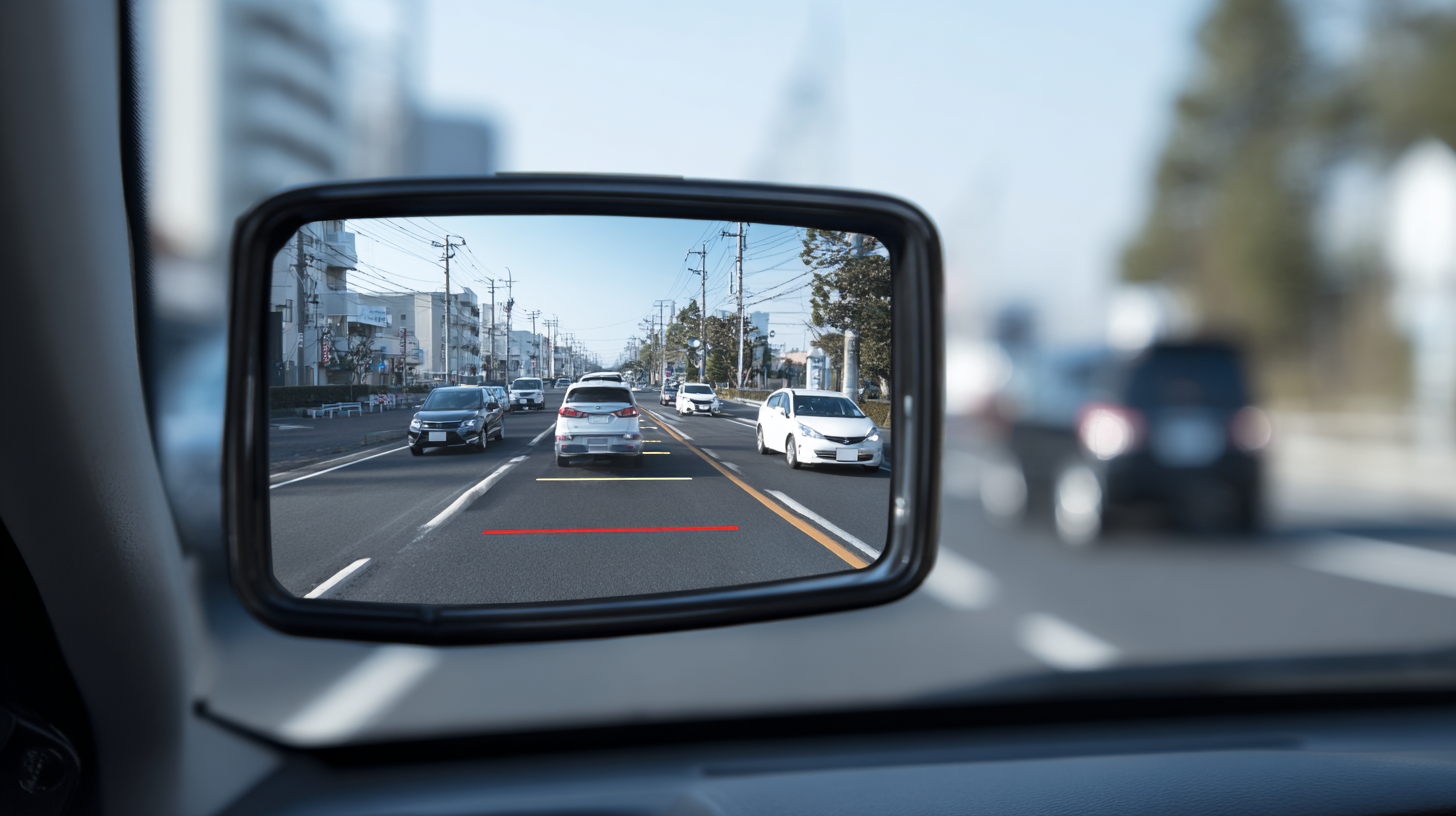
For instance, when a vehicle is equipped with parking sensors, they can detect objects in close proximity and provide audible warnings to the driver. This interaction between the sensors and the reverse camera creates a more informed driving experience, reducing the risk of accidents. Furthermore, advancements in technology, such as integrating machine learning algorithms, allow these systems to learn and adapt to various driving environments, thereby increasing their reliability and effectiveness. By prioritizing the integration of reverse cameras with other safety technologies, manufacturers can significantly mitigate the risks associated with backing accidents, protecting both drivers and pedestrians alike.
